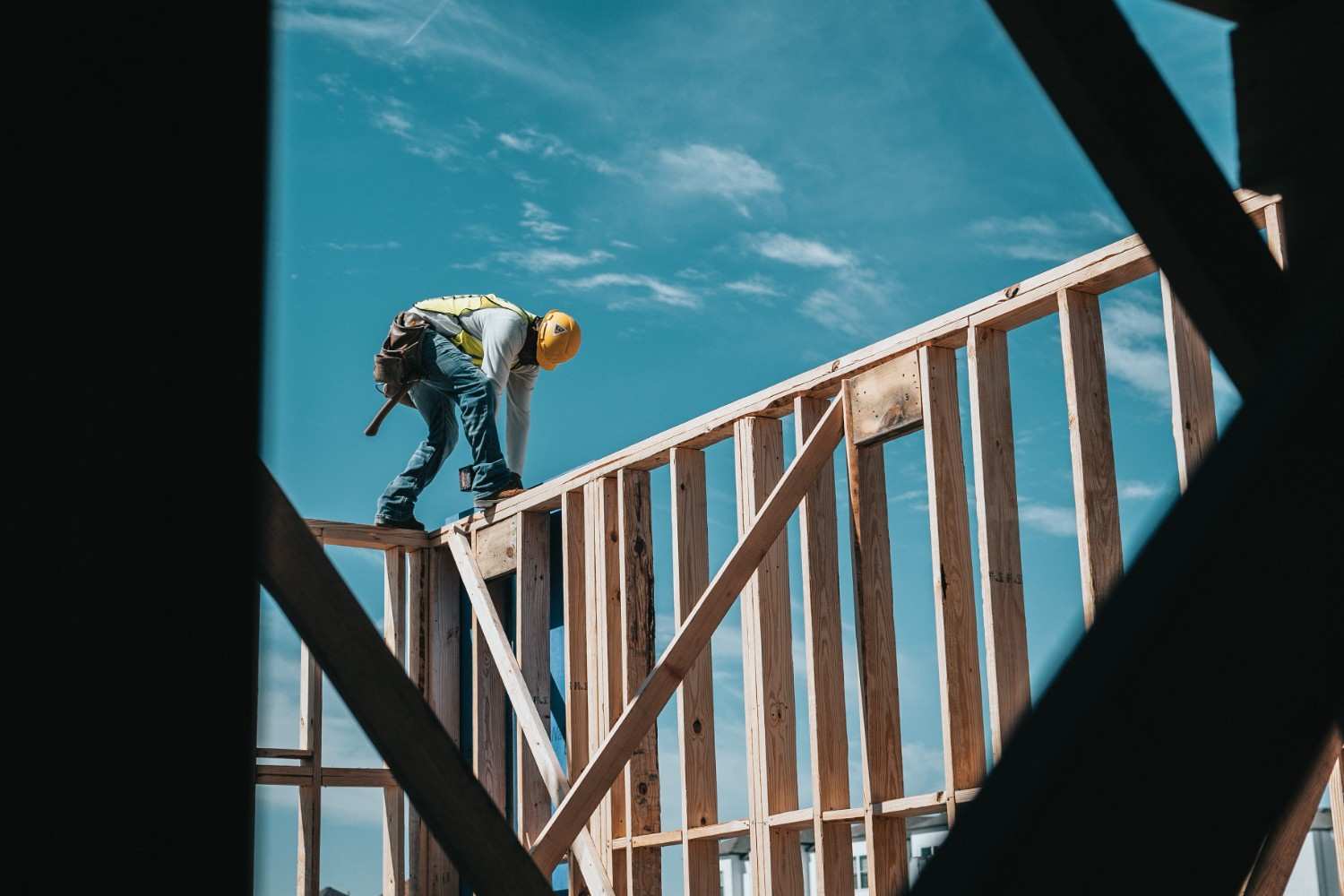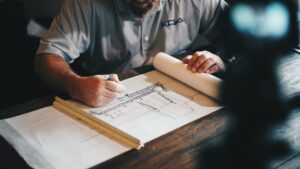Prefabricated houses, also known as prefab or modular homes, are gaining popularity as an alternative housing solution due to their cost-effectiveness, energy efficiency and faster construction times. These homes are manufactured off-site in factory-controlled conditions and then assembled on the construction site. There is growing confidence in the sector, as evident in the investment partners chosen for Homes England new five year plan.
While prefabricated houses do offer numerous benefits, there are also some challenges and concerns associated with this type of housing. In this article, we will explore the problems with prefabricated houses, addressing common questions and shedding light on potential drawbacks that prospective buyers should consider.
Are Prefabricated Houses Durable?
One of the main concerns with prefabricated houses is their durability. Some critics argue that prefab homes may not be as sturdy and long-lasting as traditional on-site construction. The quality of materials and construction practices can vary between manufacturers, leading to potential issues with structural integrity over time.
While some prefabricated houses are engineered to meet or exceed building codes, it is essential for homeowners to research and choose reputable manufacturers with a track record of producing durable and high-quality prefab homes.
What Disadvantages Are There With Prefabricated Homes?
Limited Customisation Options
Prefabricated houses often come with standard designs and limited customisation options. While some companies offer variations in floor plans and finishes, the level of personalisation available may not match that of traditional self-build homes. This lack of flexibility can be a drawback for individuals seeking a unique and tailored living space.
However, it’s worth noting that some prefab manufacturers are starting to offer more customisable options, allowing homeowners to have a degree of input in the design and layout of their homes.
Potential for Higher Maintenance Costs
Depending on the materials used and the construction techniques employed, prefabricated houses may require higher maintenance costs over the long term. Certain components of prefab homes, such as cladding or roofing materials, may have a shorter lifespan compared to traditional construction materials, necessitating more frequent repairs or replacements. Homeowners should carefully consider the materials used in the construction of the prefab home and ensure that they are of high quality and built to last.
Aesthetics and Design Limitations
Critics argue that prefabricated houses can sometimes lack the aesthetic appeal and character found in traditionally built homes. The streamlined manufacturing process may result in a uniform look, making it challenging to achieve the architectural charm and individuality that some homeowners desire.
However, advancements in prefab technology and design are continually improving, and some manufacturers now offer a wide range of architectural styles and finishes to cater to different tastes and preferences.
Transport and Site Access Challenges
The transportation of prefabricated modules to the construction site can pose logistical challenges. Some sites may have limited access for large delivery trucks, which can complicate the delivery and assembly process.
Additionally, the cost of transporting modules over long distances can add to the overall expense of the project. To address this issue, homeowners should carefully plan the delivery logistics and work with experienced contractors who are familiar with handling prefab installations.
Financing and Insurance Considerations
Securing financing for a prefabricated home can sometimes be more challenging than getting a mortgage for a traditional house. Some lenders may be less familiar with prefab construction and may have stricter requirements.
Homeowners may also encounter variations in insurance coverage options for prefab homes, which can impact the overall cost of homeownership. To address these challenges, it’s essential for prospective buyers to work with lenders and insurance providers experienced in dealing with prefabricated homes
Does Being Prefabricated Affect Its Resale Value?
While the perception of prefabricated homes has been evolving, some individuals still view them as inferior to traditionally constructed houses. This perception can affect the resale value of prefabricated homes, potentially leading to lower returns on investment compared to conventionally built properties. As the popularity of prefab homes continues to grow, and more people become aware of their benefits, this perception is likely to change over time.
Are Prefabricated Homes Environmentally Friendly?
Despite their reputation for sustainability, some prefab homes may incorporate materials that are not eco-friendly. Furthermore, the transportation of modules from the factory to the construction site can contribute to a home’s overall carbon footprint, especially if the modules must travel long distances. To address environmental concerns, homeowners should seek out manufacturers that prioritise sustainable practices and materials in their prefab construction process.
What Are the Advantages of Prefabricated Homes?
Prefabricated homes do of course offer a range of compelling advantages that make them an appealing choice for homeowners.
One of the primary benefits is the speed of construction. Since the components are manufactured off-site in controlled factory conditions, the assembly process on-site is significantly faster compared to traditional construction methods. This not only reduces construction time but also minimises disruptions to the surrounding environment.
Prefabricated homes are known for their cost-effectiveness. The streamlined manufacturing process and bulk purchasing of materials result in lower construction costs, making prefab homes more affordable than conventionally built houses and particularly appealing to first time buyers. The controlled factory environment also ensures a higher level of precision and quality control, leading to durable and well-built homes that can stand the test of time.
A further benefit is that prefab homes are often designed with energy efficiency in mind, incorporating modern insulation and energy-saving features that can lead to lower utility bills for homeowners.
Concluding Thoughts
Prefabricated houses offer a promising solution to the housing industry, providing cost-effective and energy-efficient alternatives to traditional construction. However, like any housing option, prefab homes come with their own set of challenges and concerns. Prospective buyers should carefully weigh the potential problems with prefabricated houses against their advantages to make informed decisions.
As the industry continues to innovate and improve, the problems associated with prefabricated houses are likely to diminish, making them an even more viable and attractive option for the future of housing. With proper planning, careful consideration of materials and design and attention to logistics, prefab homes can provide a durable and aesthetically pleasing living space for those seeking a more modern approach to homeownership.



